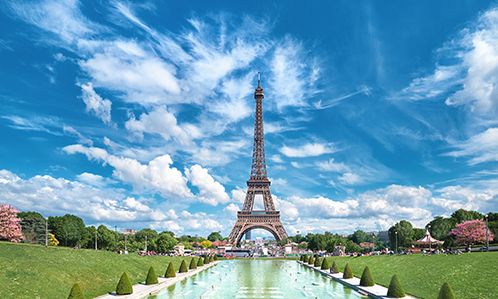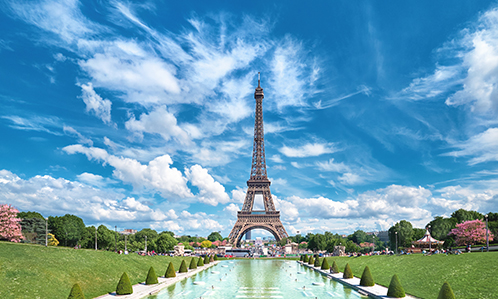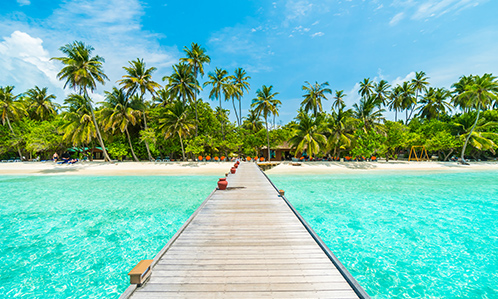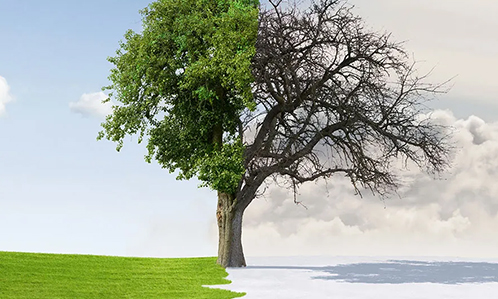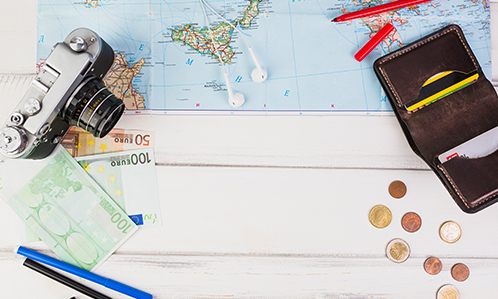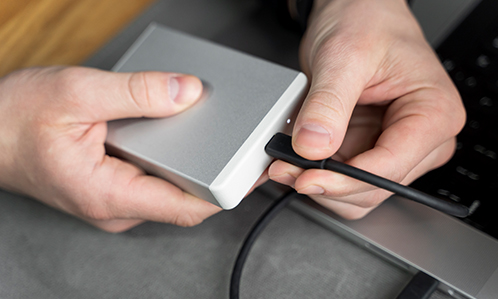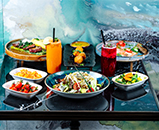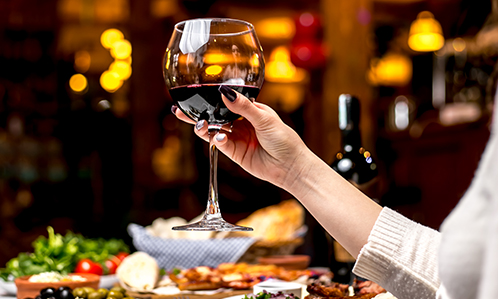France
On a trip through several French cities, anyone who is familiar with the Old Montreal and Old Quebec architecture will be able to recognize it. However, France's regional cultures are highly diverse, so when travelling the nation, be prepared to see a variety of landscapes. France is not one of the smaller European nations, despite the fact that this is the case for many of them. There are enough attractions to keep you occupied for the rest of your life, including museums, eateries, monuments, parks, vineyards, castles, cities, and towns.
There are numerous benefits to visiting France. The attractions of this European nation are boundless, ranging from the romantic atmosphere of Paris to the fantasy castles of the Loire, the lavender fields of Provence to the beaches of the Riviera. The cities will seduce you with fascinating museums, festive nightlife, and Michelin-starred cuisine paired with great wine, while the countryside and mountains offer majestic scenery and unforgettable encounters.

